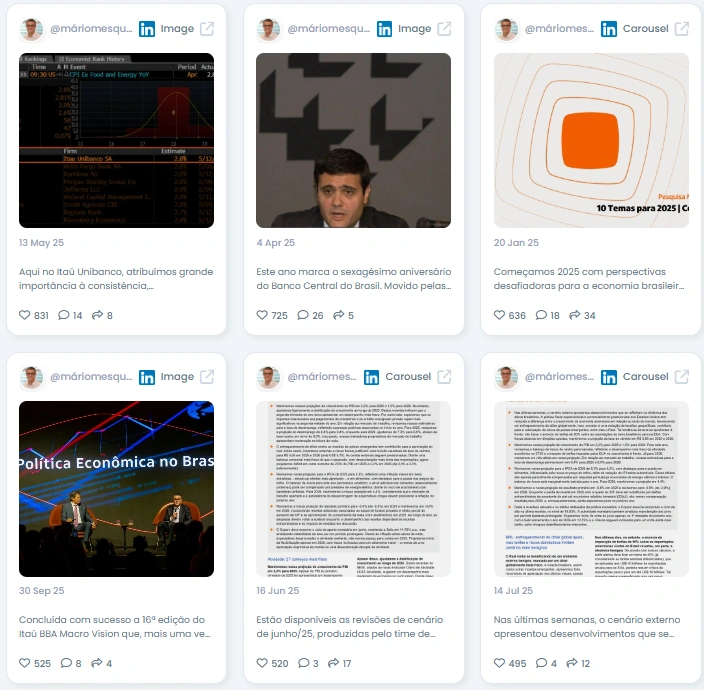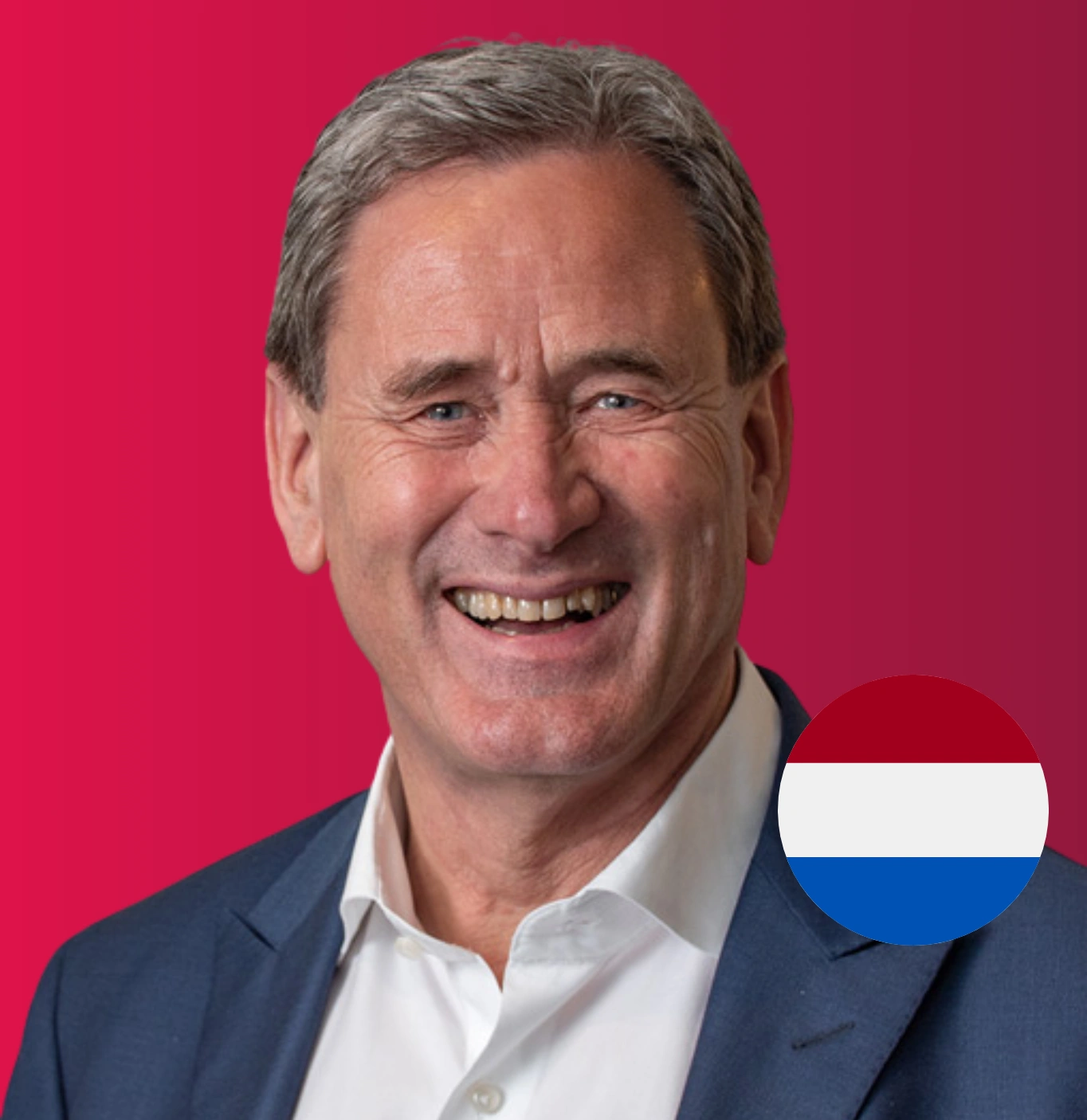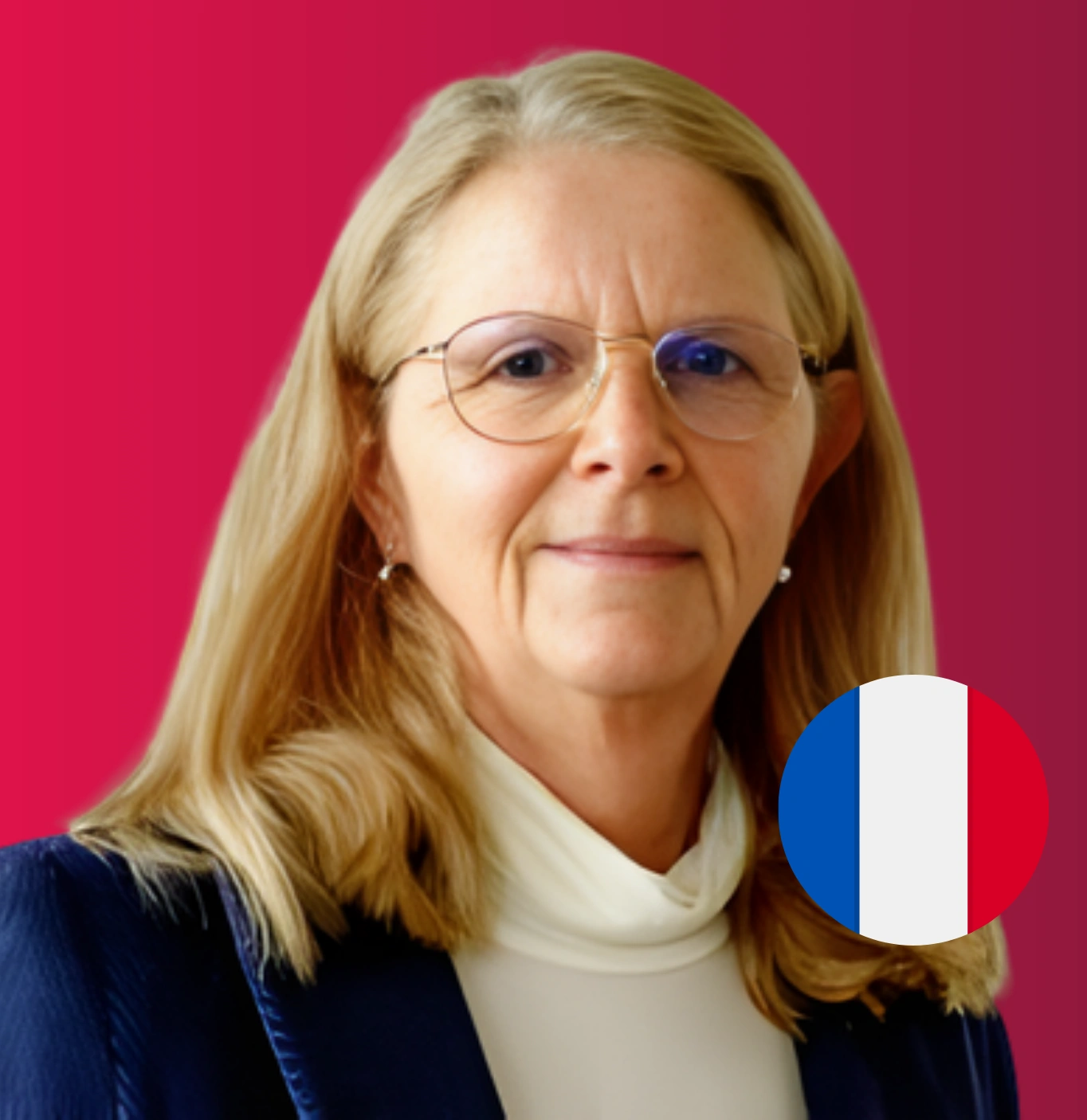Blog & Articles
Your ultimate ressource for the creator economy
Methodology & Rankings
About Favikon, rankings, tools & much more.
Insights
The recipe behind Favikon's viral & coveted rankings.
Free tools to power your influencer marketing workflows.
See Favikon users' success stories.
Get access to all Favikon rankings.
Become a Partner
Become an Affiliate
About the team behind Favikon
The place to talk creator economy, together


Featured Rankings

Here is the Top 50 Rising Video Creators on LinkedIn. Video is quickly becoming the platform’s most powerful format, with creators gaining more reach and engagement than ever. As Gen Z grows its presence and tools like BrandLink and Thought Leader Ads support content creation, LinkedIn is doubling down on video. This ranking, made in partnership with OpusClip, celebrates the creators leading this shift and aims to inspire anyone ready to start sharing through video.

Here is the Top 50 Rising Video Creators on LinkedIn. Video is quickly becoming the platform’s most powerful format, with creators gaining more reach and engagement than ever. As Gen Z grows its presence and tools like BrandLink and Thought Leader Ads support content creation, LinkedIn is doubling down on video. This ranking, made in partnership with OpusClip, celebrates the creators leading this shift and aims to inspire anyone ready to start sharing through video.
Who is Mário Mesquita?
Mário Mesquita is the chief economist at Itaú Unibanco and one of Brazil’s clearest communicators on macroeconomics. He writes tight, data-driven posts that still feel human and accessible.

.png)

Elena Freeman designs partnerships and events at Favikon. She cares about building spaces where creators, brands, and ideas meet in ways that feel real and memorable. From partner programs to community gatherings, she focuses on making connections that spark collaboration and professional growth.
Check Brand Deals
Mário Mesquita: The clear-voiced macroeconomist banks trust
Mário Mesquita is the chief economist at Itaú Unibanco and one of Brazil’s clearest communicators on macroeconomics. He writes tight, data-driven posts that still feel human and accessible. Professionals, journalists, and clients turn to him for dependable forecasts, timely commentary, and readable explanations of complex trends. His feed blends market insight, institutional analysis, and the occasional behind-the-scenes milestone.
1. Who he is
Mário is Chief Economist at Itaú Unibanco where he leads macro research and scenario work for one of Latin America’s largest banks. His output includes regular market outlooks, technical notes, and high-impact reports such as the Itaú BBA Macro Vision series. He is known for rigorous forecasting and clear exposition of inflation, policy, and growth dynamics in Brazil. His team has been recognized for forecast accuracy in specialist rankings, which he highlights as a professional milestone. He combines institutional experience with a public-facing style that makes technical economics usable for decision makers.
2. A Network of Heavyweights
Mário sits inside a dense institutional orbit. His connections include Itaú and Itaú BBA, national press outlets and industry journals, and international institutions that track macro trends. Visual signals around his profile show links to major market actors and policy circles, which amplifies his reach into both domestic and global discussions. This network gives him access to data, debate, and distribution channels few economists enjoy.

3. Why people listen

People follow Mário for clarity, reliability, and technical competence. His updates are short, anchored in data, and often tied to actionable insights for markets or policy. He avoids vague commentary and instead shares scenario revisions, ranking results, and concise summaries that save readers time. That practical clarity earns attention from investors, journalists, and corporate leaders.
4. Authenticity that resonates

Mário scores a perfect 100 Authenticity Score, and the feed reflects that. Posts show original analyses, crisp charts, event photos, and straightforward celebration of his team’s work. Engagement includes thoughtful questions and professional dialogue rather than generic praise. He projects authority without posturing, which keeps his audience engaged and trusting.
5. Numbers that back it up

His follower base has grown from roughly 21,200 to 55,800, showing steady, large-scale reach. Influence metrics place him in Brazil’s top 1 percent for LinkedIn and among leading voices in financial markets. Content scores are excellent with a Post Content 94, Expertise 96, and AI Content 92, while engagement quality sits high at 88. He posts regularly with a rhythm tied to data releases and bank publications, which keeps his presence timely and relevant.
6. Collaborations that matter
Mário’s work is visible across institutional formats: bank research products, media interviews, industry conferences, and internal client briefings. He collaborates with market desks, research teams, and external forums to translate macro research into usable guidance. These partnerships reinforce his credibility and extend the practical impact of his analysis.
7. Why brands should partner with Mário Mesquita

Mário is an ideal partner for financial institutions, policy forums, and business media that need rigorous macro insight communicated clearly.
- Sponsored research briefs or co-branded economic outlooks for corporate clients
- Speaking roles and keynote commentary at finance and policy conferences
- Media partnerships for data-driven explainers and market watch segments
- Workshops or executive briefings on scenario planning and macro risk
8. Why Mário Mesquita is relevant in 2026
As markets grapple with tighter policy cycles, global spillovers, and structural shifts, trustworthy macro voices become more valuable. Mário’s combination of institutional access, forecasting skill, and public clarity positions him as a go-to commentator for 2026. He helps audiences translate macro signals into practical decisions, which matters when volatility and policy uncertainty rise.
Conclusion: A steady lens on the economy
Mário Mesquita offers disciplined macro analysis delivered with clarity and professional gravitas. He combines institutional authority with a public style that demystifies complex trends. For brands, media, and decision makers who need high-quality economic insight, Mário is a dependable partner and amplifier. His work raises the quality of public economic conversation while remaining directly useful to practitioners.
Related Articles
See all the articlesResources



.png)









